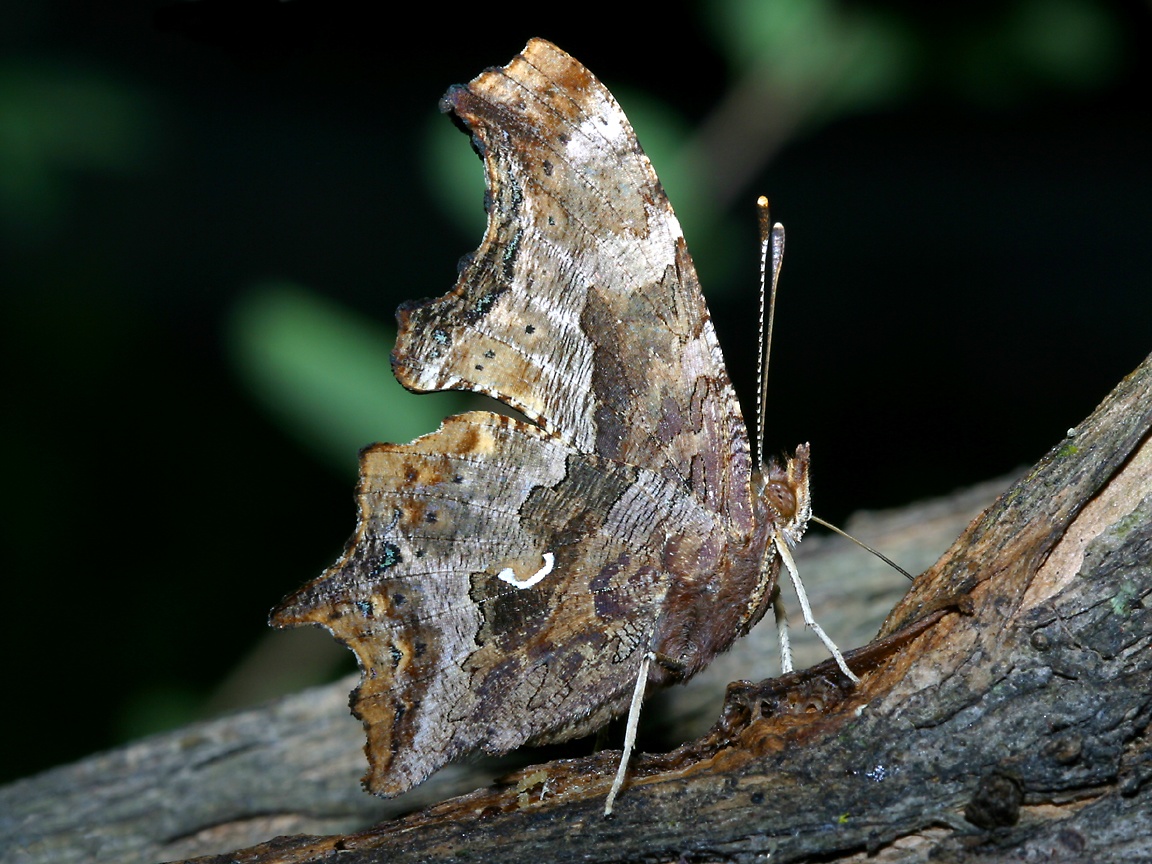

This was definitely an interesting chapter for me, specifically because I'm writing a paper on this subject. Extinctions have occurred throughout the history of our planet, however, recently we've discovered that the current rate of extinctions are related to global warming. In The Butterfly and the Toad, Kolbert explains the reality that species are on the move with thanks to climate change.
I think she's extremely successful in showing the reader that this is real, this is happening now and it's a big deal. The hard data and facts revealed by her interviews shows us that it's not a just few species at risk, and it's not in very highly selective regions of the globe. The effects she describes with the consistent migration of the comma is a great example to start out with and I think it's important to show early on that this subject relates to many places, which she does. She has top notch sources with the most up-to-date knowledge on the subject, though she tells it all in a story that we can see through her eyes.
Obviously, she chose these examples because they're all related to global warming and the changes it's created for these organisms. Some can adapt and some cannot, species die out and new forms of life take their place. The two main examples, however, are complete opposites, which shows that everything is being affected in different ways. What she really wants the readers to understand, I believe, is that the situation is proving to worsen and that the main threat is human.
The most striking piece of information that I read was the fact that in a matter of a few years, an entire amphibian species, the golden toad was wiped out, simply due to a lack of rain. The part that really got to me, was when she explains that in one single year, the population went from 1,500 toads to a total of 8. Then that was it, another year or so and they were gone. This makes me think how easily and how quickly life can disappear. It was very disturbing to think of thousand of eggs and tadpoles burning to a crisp, in what must have been their birth sites since who knows when.
The quality of her information is equal to the quality of her writing, and that makes this a truly gripping chapter in the book. It's a serious look at what is happening to life on our planet due to global warming. The information is fairly easy to comprehend, but there's still a fortitude of scientific background, in the quotes, especially. The only thing I can think of, that I didn't like in this chapter, was that some of the information differentiated from research I'd recently done on this subject. Honestly, though, I think I'd rather believe her Kolbert.
Brandon, glad you liked the chapter. Good post. See the link on my blog to a story about sea turtles, which also are threatened by global warming.
ReplyDelete